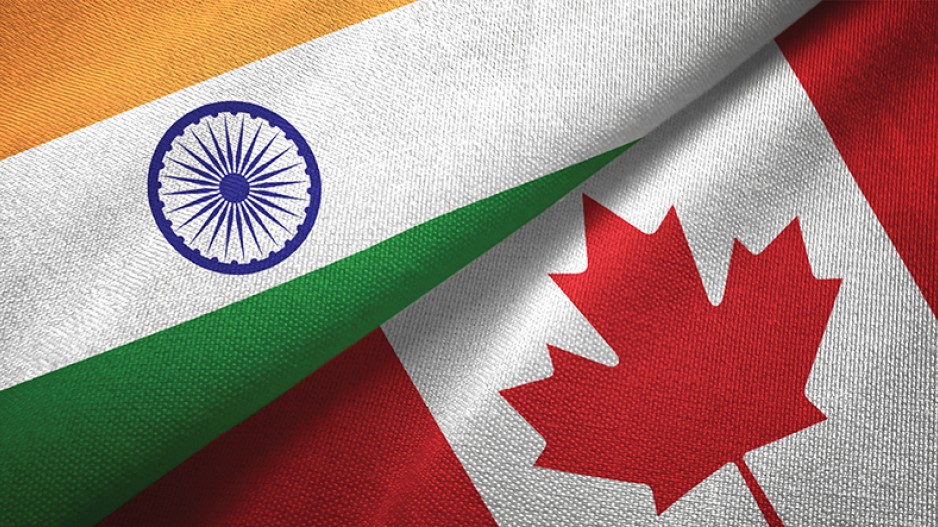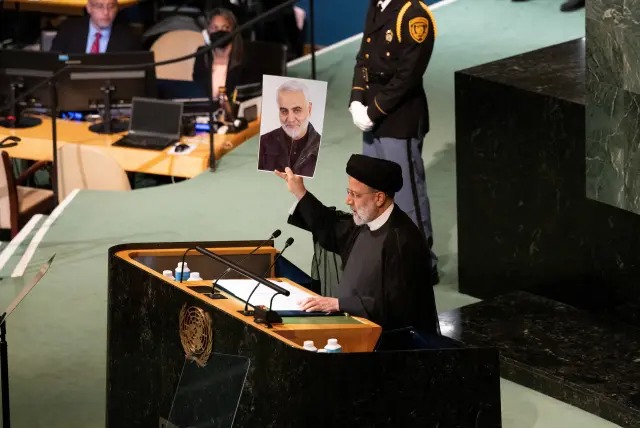Amidst simmering tensions stemming from allegations surrounding the tragic death of Sikh separatist leader Hardeep Singh Nijjar, Canada and India find themselves at a crossroads in their bilateral relations. As both nations grapple with the diplomatic dispute, it’s crucial to dissect their multifaceted connection, spanning population, trade, and education. Transitioning from cordial ties to strained relations, the India-Canada story is worth unraveling.
Tensions Soar Amidst Allegations
In recent months, the relationship between Canada and India has hit a rocky patch, with the spotlight centered on allegations of India’s involvement in the killing of Sikh separatist leader Hardeep Singh Nijjar in British Columbia. Canadian Prime Minister Justin Trudeau has voiced concerns over what he perceives as credible allegations, while the Indian government has vehemently dismissed them as “absurd.” Instead, India has called upon Canada to crack down on anti-India groups operating within its territory. This growing dispute has significantly escalated tensions between the two nations, focusing particularly on Sikhs who advocate for a separate homeland known as Khalistan.
Economic Insights
One significant aspect of India-Canada relations is their bilateral trade, which reached a remarkable $12 billion Canadian dollars ($9 billion US dollars) in 2022, marking a substantial 57 percent increase from the previous year. Canada predominantly imports fertilizers and energy products like coal, coke, and briquettes, while India exports a diverse range of consumer goods, garments, engineering products, and electronic items. Notably, fossil fuels, fertilizers, and wood pulp top the list of Canada’s exports to India.
Canada is also a noteworthy foreign investor in India, contributing more than $3.6 billion since 2000, while Canadian portfolio investors have invested substantially in Indian stock and debt markets. As the Comprehensive Economic Partnership Agreement (CEPA) looms on the horizon, industry estimates suggest that it could boost trade between Canada and India by as much as $6.5 billion, yielding significant gains in gross domestic product for Canada by 2035.
The Education Connection
Shifting gears, the education sector has played a pivotal role in India-Canada relations. Since 2018, India has emerged as the largest source country for international students in Canada. In 2022 alone, the number of Indian students studying in Canada surged by an impressive 47 percent to nearly 320,000, constituting approximately 40 percent of all overseas students. This trend highlights the growing appeal of Canadian institutions for Indian students.
A noteworthy consequence of this educational migration has been the doubling of Canada’s Sikh population over the past two decades. A substantial number of Sikhs have moved from India in pursuit of higher education and job opportunities, making significant contributions to Canada’s multicultural fabric. The intersection of education and immigration has added a unique dimension to the evolving India-Canada relationship.
















